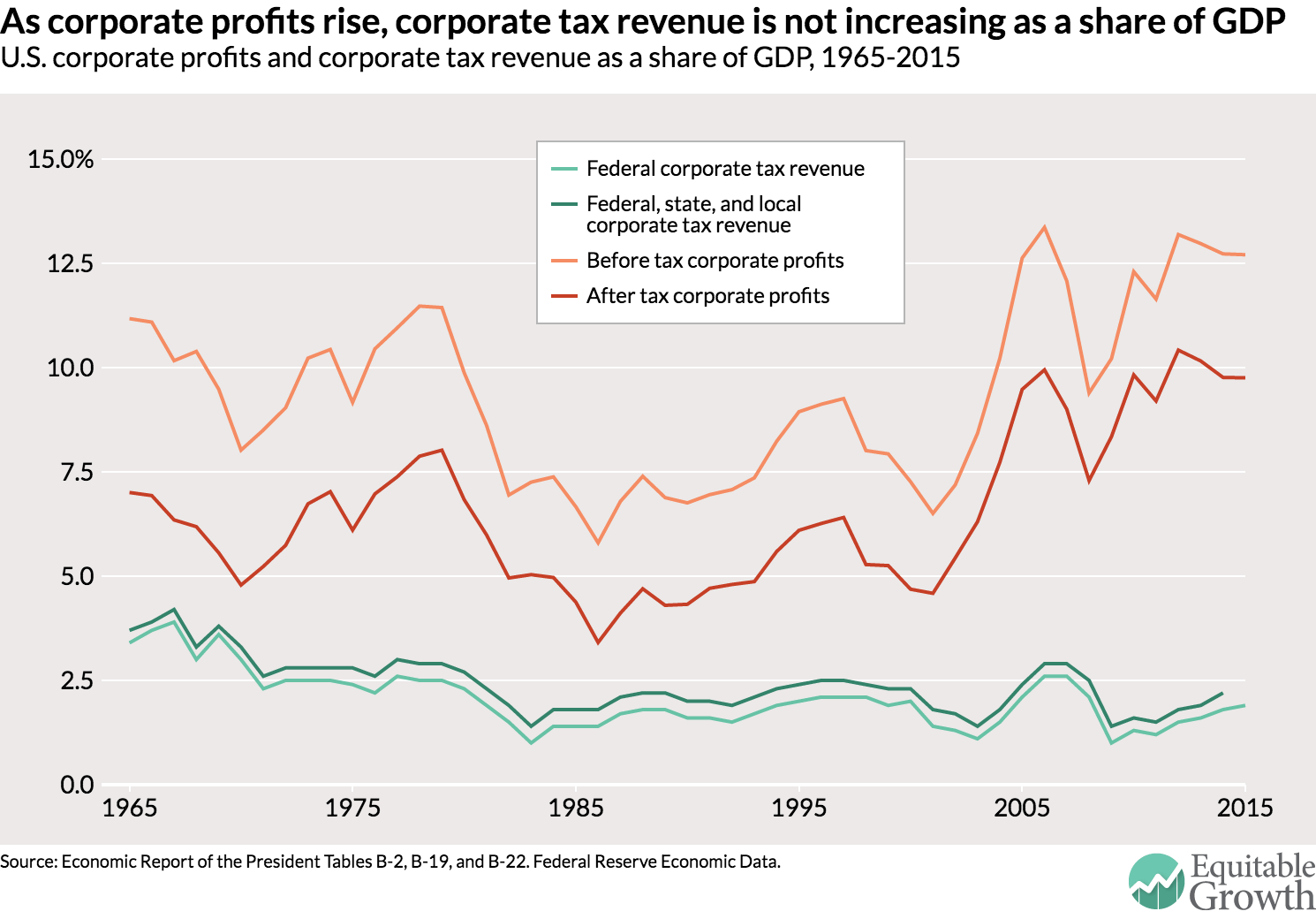Must-Read: The estimable Mark Thoma tries, once again, to raise the level of the debate back toward reality. Everything he says is true:
Mark Thoma: Diverting Attention From the Real Issues:
Immigration is not the problem…. Immigrants do not lower the employment prospects for natives…
Short-run… adjustment costs [do] fall mainly on people with less than a high school education. But in the long-run, the employment prospects for Americans are enhanced by… immigrants…. Immigrants [do] lower wages for… previous immigrants, the people that newcomers are most likely to compete with for jobs. For everyone else the impact… is positive…. Low and high-paying jobs are complements….
Immigrants [do not] create an undue burden for social programs…. Both documented and undocumented workers… pay income, Social Security, sales, Medicare taxes, and so on. Undocumented immigrants are not allowed to participate in Medicaid, food stamps, welfare, CHIP, or SSI programs, and legal permanent residents must contribute to Social Security and Medicare for at least 10 years before they are eligible for benefits (the wait is five years on many other programs)…. “Communities with high concentrations of immigrants do not suffer from outsized levels of violence…. Violent crime tended to decrease when the population of foreign-born residents rose.” Study after study debunks the claim that immigrants commit crimes at a higher rate than natives….
If immigration isn’t the problem, then what is?… Globalization, technological change, and lack of bargaining power in wage negotiations…. We have two choices. We can close our doors to international trade… blame immigrants… ignore the impact that technological change has had on worker’s economic security, and do nothing to enhance worker’s ability to claim a fair share of the output they produce. Alternatively, we can move toward Bernie Sanders’s type of social insurance and redistribution to ensure that the gains from immigration, trade, and technological change are widely shared…

